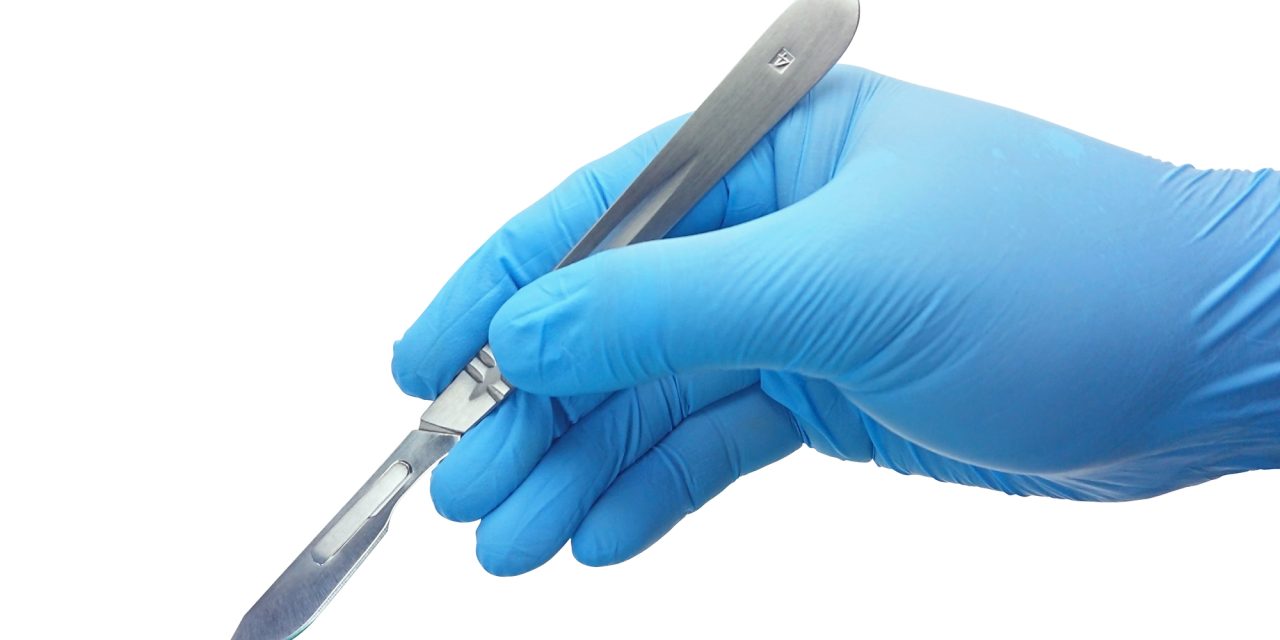The “Universal Protocol” was designed to increase patient safety in the operating room (OR) by ensuring that the correct patient receives the correct procedure at the correct surgical site. The protocol involves a pre-procedural verification process, surgical site marking, and a preoperative “time-out” immediately prior to starting the procedure. In 2004, the Joint Commission mandated that the Universal Protocol be formally implemented for all accredited institutions. Despite its widespread application, this standardized protocol appears to have failed the prevention of wrong-site and wrong-patient procedures—or “never-events”—as per findings from recent studies.
Pitfalls and limitations that may fail the Universal Protocol are hidden in each of the protocol components. The protocol can be cumbersome or distracting for healthcare providers, making it a robotic ritual that diminishes the focus of the OR team. Other major pitfalls include inadequate or inaccurate site marking, the hidden danger that the time-out may absolve the lead surgeon from taking full responsibility, and the continued expansion of the time-out to include secondary safety issues. Additionally, the performance of multiple simultaneous procedures on the same patient and a lack of implementation of the Universal Protocol by non-procedural specialties are potential root causes of wrong-site surgery.
A Deep-Rooted Problem
Studies estimate that 20% to 30% of all wrong-site and wrong-patient procedures originate before patients are admitted to the hospital. Potential scenarios include inaccurate clinic note dictations relating to a wrong side, the mislabelling of radiographs or other diagnostic tests, or a mix-up of patients with similar or identical names. Recent, unpublished data have revealed that non-surgical specialties (eg, internal and family medicine) are often involved in the etiology of wrong-patient surgery and may contribute to patient harm after wrong-site procedures. A strict adherence to the Universal Protocol should be expanded to non-procedural specialties in the future.
Surgical-Site Marking & the Time-Out
Defined, alternative processes must be in place for circumstances in which the correct surgical-site marking is not possible. Identifying potential pitfalls and developing and instituting protocols to combat these problems proactively are important. For example, radiological diagnostics may need to be consulted pre- and intraoperatively to determine the surgical site with accuracy. Efforts should be made to mark all surgical sites whenever possible. This may increase surgeons’ awareness and focus on performing correct-site surgery.
Parameters to ensure successful surgical time-outs should be clear to the entire OR team. The immediate members of the procedure team must actively participate in the time-out, under guidance of a designated leader. It may also be helpful if patients are awake and can participate in the time-out. Standardization is critical, and efforts should be made to suspend all other activities which may compromise patient safety. The time-out should be repeated intraoperatively for each additional procedure performed on the same patient.
Moving Forward
All healthcare institutions across all specialties should commit to adhering to the Universal Protocol and address current limitations by reevaluating OR processes during procedures. The success of the protocol is determined by the entire team’s commitment to make it work and to start over if any objections or inconsistencies are encountered. These are important to promote an enduring and unfailing patient safety culture.



 JonN
JonN